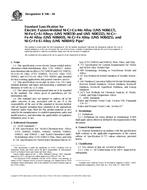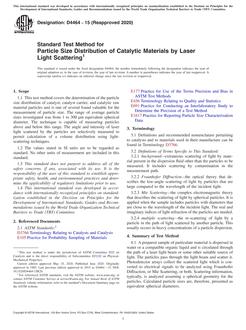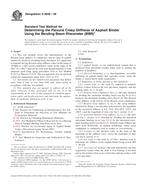1.1 This guide will improve and advance computer forensics through the development of model curricula consistent with other forensic science programs.
1.2 Section 4 describes the alternative paths by which students may arrive at and move through their professional training. Sections 5 through 7 cover formal educational programs in order of increasing length: a two- year associate degree, a four-year baccalaureate degree, and graduate degrees. Section 8 provides a framework for academic certificate programs offered by educational institutions. Section 9 outlines model criteria and implementation approaches for training and continuing education opportunities provided by professional organizations, vendors, and academic institutions.
1.3 Some professional organizations recognize computer forensics, forensic audio, video, and image analysis as subdisciplines of computer forensics. However, the curricula and specific educational training requirements of subdisciplines other than computer forensics are beyond the scope of this guide.
1.4 This standard does not purport to address all of the safety concerns, if any, associated with its use. It is the responsibility of the user of this standard to establish appropriate safety and health practices and determine the applicability of regulatory limitations prior to use.
Product Details
- Published:
- 06/15/2009
- Number of Pages:
- 20
- File Size:
- 1 file , 220 KB


